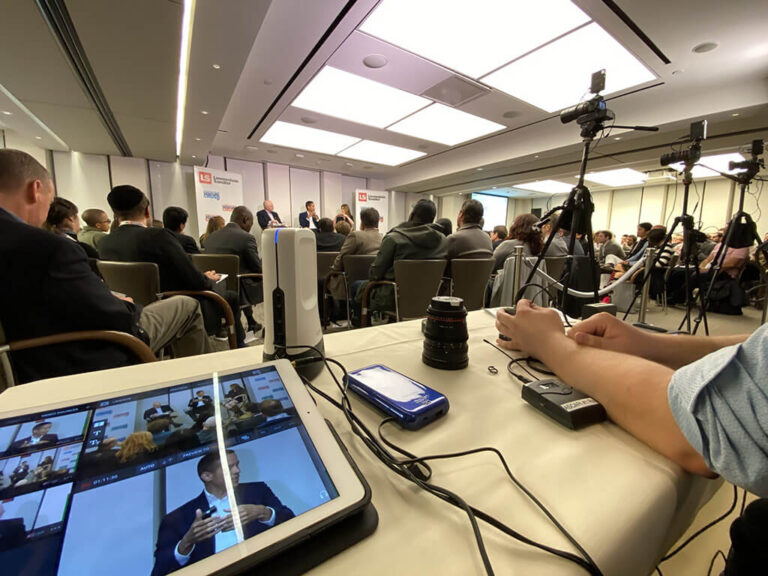Conquering Obstacles in the Art of Visual Image Mapping Execution
Wiki Article
Video projection mapping technology is an exciting method that transforms common areas into dynamic presentations. This technique allows creators and design professionals to project visuals and footage onto objects like structures, statues, or theaters, creating an engaging aesthetic experience. However, despite its potential, implementing video projection mapping successfully comes with several obstacles. Understanding and overcoming these obstacles is essential for anyone looking to create impactful projection art.
One of the main challenges in video projection mapping is ensuring that the displayed image aligns accurately with the object. This process, known as "mapping," demands accurate measurements and figures. If the projection is not aligned properly, the images can appear warped or off. To address this problem, creators often use dedicated software that assists in mapping the graphics to the object's size. Moreover, conducting thorough tests before the ultimate projection can help identify any misalignments and enable for modifications to be made.

Another significant obstacle is the different luminosity and hue of the displayed images. Different surfaces react variously to illumination, which can influence how the shades look once projected. For instance, a light-colored surface will reflect brightness variously than a deep one. To tackle this, artists must consider the surface properties before choosing check here the hues and light levels for their projections. Testing the projection on the actual surface during the planning phase can provide essential understanding into how the final presentation will look.
Technological difficulties can also create a challenge in video projection mapping. Issues such as hardware malfunction, software glitches, or network problems can interfere with the entire project. To minimize these risks, it is vital to conduct comprehensive equipment checks and have contingency plans in place. This can include having extra cables, projectors, and even alternative software choices ready to go. Being ready for technical difficulties can ensure a more seamless implementation of the projection.
Finally, viewers' engagement is an essential aspect of video projection mapping. While the graphics are key, how the audience engage with the display can make a big difference. Artists must think about how to create their projections to attract viewers’ attention and encourage interaction. This can entail incorporating elements that encourage participation or create a story that resonates with the viewers. Gathering feedback from test viewers can also help enhance the presentation to improve engagement.
In conclusion, addressing challenges in video projection mapping demands meticulous preparation and creativity. By tackling the challenges of matching, brightness, technical problems, and audience engagement, artists can produce spectacular and impactful projections. With the appropriate approaches in place, video projection mapping can change ordinary spaces into remarkable experiences, the original source engaging viewers and leaving a memorable impression.